Chronic back pain affects millions worldwide, significantly impacting daily life and productivity. Among the various treatment modalities available, physical therapy stands out as a cornerstone in managing this debilitating condition effectively.
Table Of Content
Chronic Back Pain
Chronic back pain is characterized by persistent discomfort lasting beyond 12 weeks, stemming from various factors such as mechanical stress, injuries, or degenerative conditions like disc herniation or spinal stenosis. It not only causes physical limitations but also affects mental health and overall quality of life.

Understanding Chronic Back Pain
Mechanical back pain, the most common form, arises from poor posture, improper lifting, or prolonged sitting. Conversely, neuropathic pain involves nerve root compression or damage, leading to radiating symptoms like numbness, tingling or even weakness in the legs.
Benefits of Physical Therapy for Chronic Back Pain
Physical therapy offers multifaceted benefits in treating chronic back pain. It focuses on pain management, improving function, and preventing recurrence through tailored treatment plans. Unlike medication, physical therapy targets the root cause while enhancing overall physical resilience.
Evidence-Based Techniques in Physical Therapy
Key physical therapy techniques include therapeutic exercises to strengthen core muscles and improve spinal stability. Additionally, manual therapy techniques such as mobilization and manipulation help restore joint mobility and reduce pain.
Patient-Centered Approach in Physical Therapy
Effective physical therapy begins with a comprehensive assessment to understand each patient’s unique condition and functional goals. Patient education empowers individuals to manage their back pain proactively, integrating lifestyle modifications for long-term benefits.
Comparative Effectiveness with Other Treatments
Compared to pharmacological interventions, physical therapy offers sustainable relief without the risk of dependency or side effects. Adjunctive treatments, including acupuncture and yoga, complement physical therapy to enhance outcomes in chronic back pain management.
Case Studies and Patient Success Stories
Real-life examples underscore the transformative impact of physical therapy in chronic back pain management. Patients often report significant pain reduction, improved mobility, and restored quality of life following structured physical therapy programs.
Challenges and Considerations in Treatment
Barriers to accessing physical therapy, such as geographical limitations or insurance constraints, can hinder optimal back pain management. Addressing these challenges requires collaboration among healthcare providers to ensure equitable access to effective care.
Future Directions in Physical Therapy Research
Ongoing research continues to refine physical therapy protocols, integrating advanced technologies like telehealth and biofeedback for personalized back pain treatment. Emerging trends emphasize early intervention and holistic approaches to improve long-term outcomes.
Conclusion
In conclusion, physical therapy plays an indispensable role in alleviating chronic back pain by addressing its underlying causes and promoting functional recovery. By prioritizing evidence-based practices and patient-centered care, healthcare providers can enhance the effectiveness and accessibility of physical therapy interventions globally.
By harnessing the power of physical therapy, individuals suffering from chronic back pain can reclaim their lives, achieving sustained pain relief and improved well-being. Embracing innovative approaches and fostering collaboration across healthcare disciplines ensures that physical therapy remains at the forefront of back pain management worldwide.


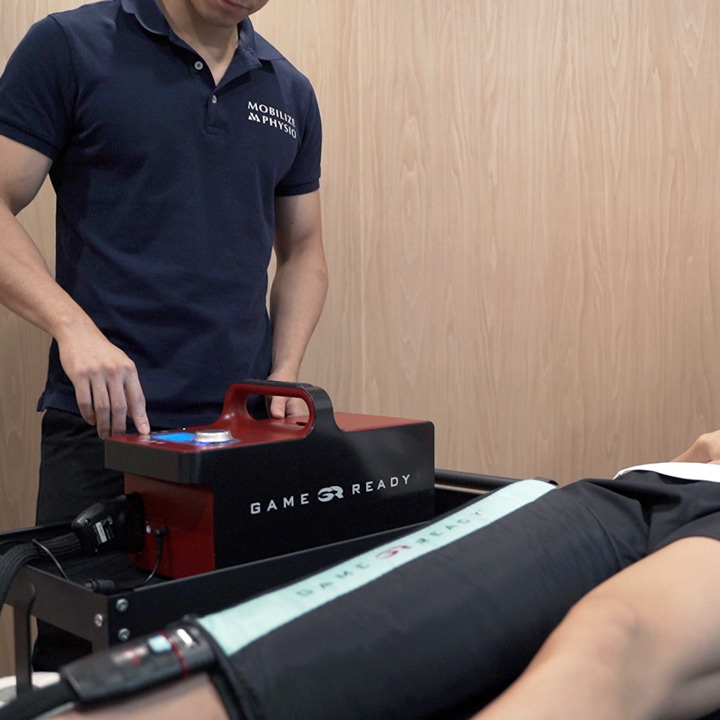
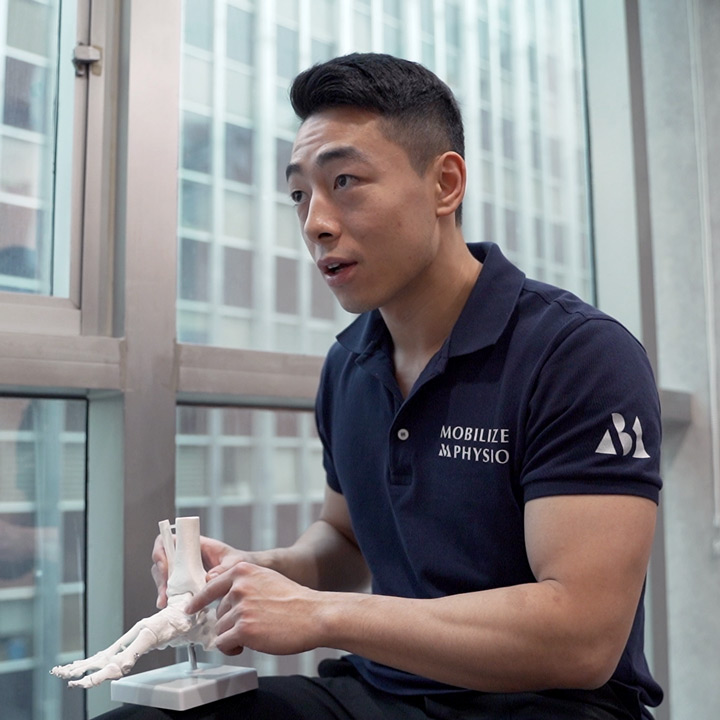
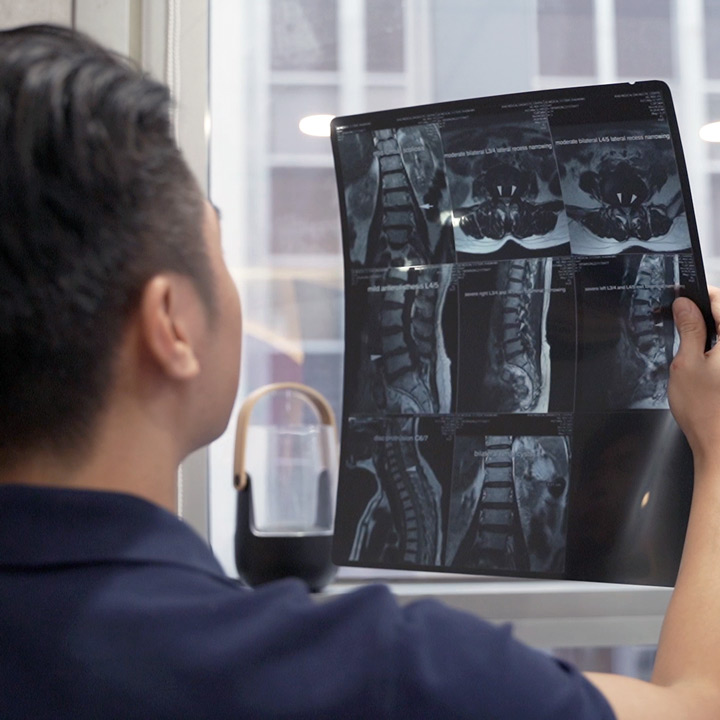
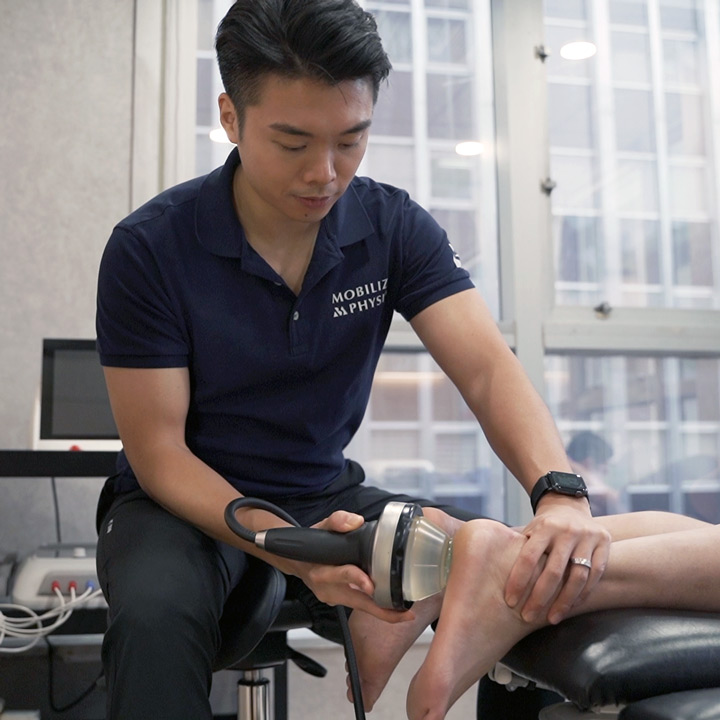
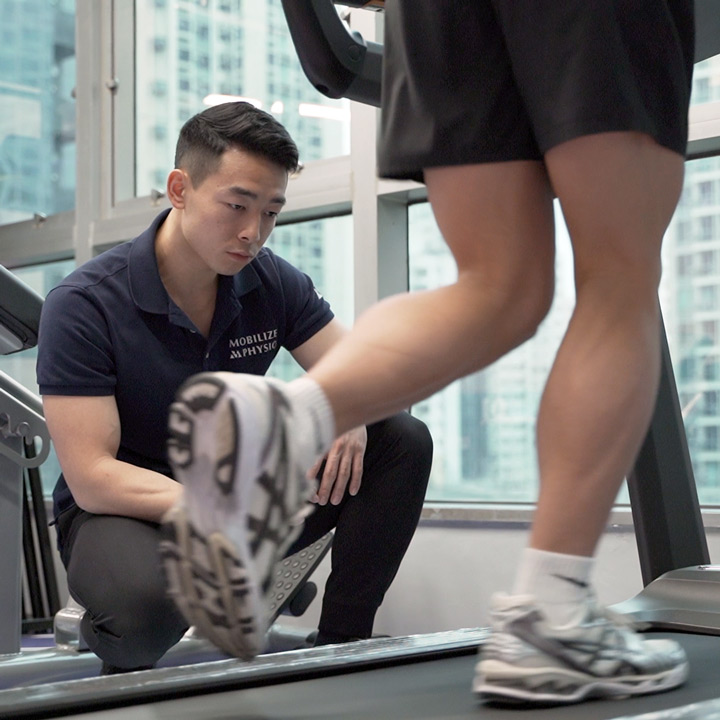
Physiotherapy Service
Mobilize Physio is a physiotherapy center located in Hong Kong. Our team of professional physiotherapists provides high-quality, evidence-based pain treatment. Our services include sports injury treatment, pain management, post-surgery rehabilitation, and posture and body alignment correction.
Every patient is unique, and we believe that every treatment plan should be customized accordingly. Therefore, we focus on one-on-one service to ensure that each patient receives personalized attention and specialized care. Contact us today to learn more about our physiotherapy services.
Latest Blog Posts

Why Pre and Post-Operative Physiotherapy is Essential for Recovery?

Tips to Reduce Hip Joint Pain and Stiffness

Pain in the Butt: Why It’s Probably Not Piriformis Syndrome

Standing All Day at Work? 7 Tips to Reduce Your Risk of Varicose Veins

Mobility Enhancement for Older Adults: The Key to Healthy Aging

Traditional Acupuncture vs. Dry Needling: What’s the Difference?

